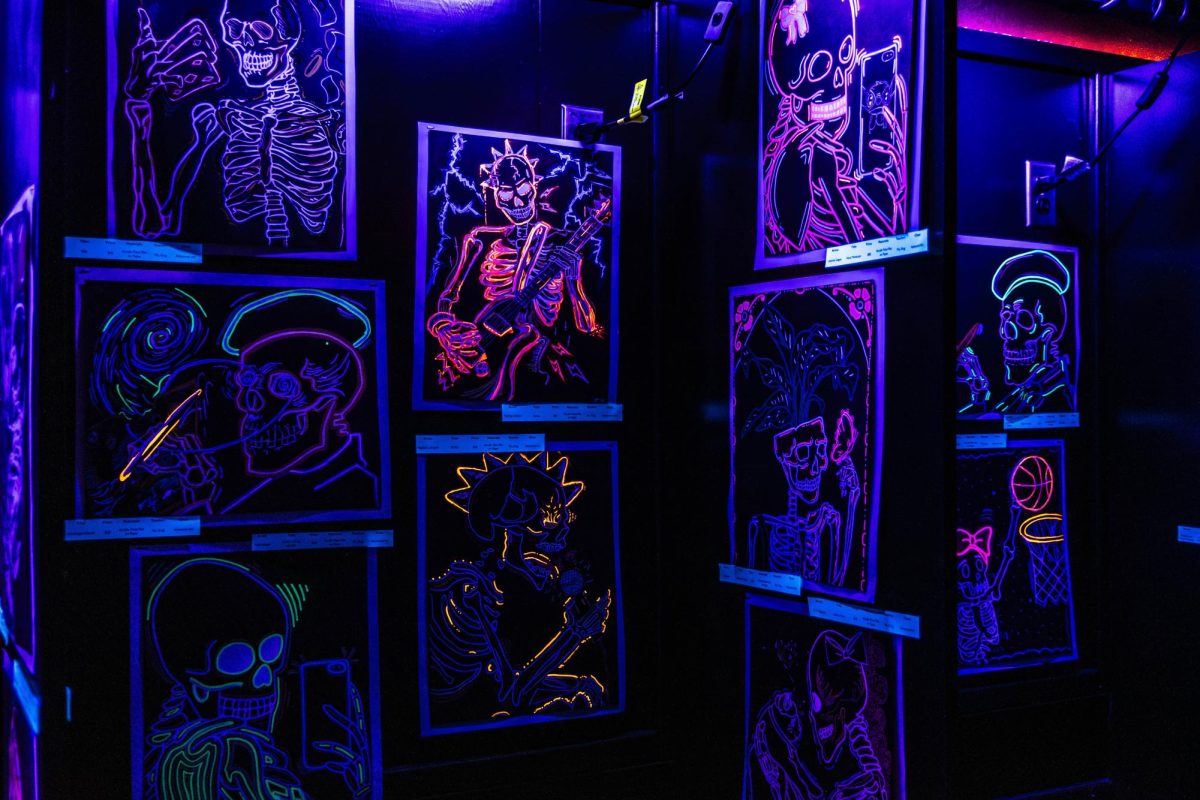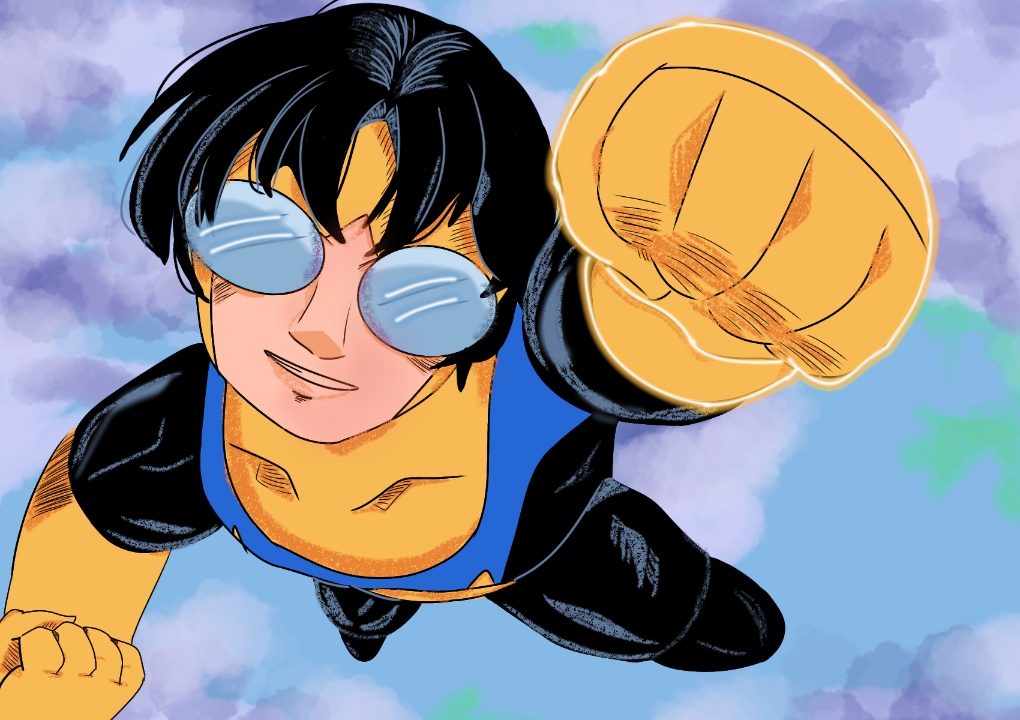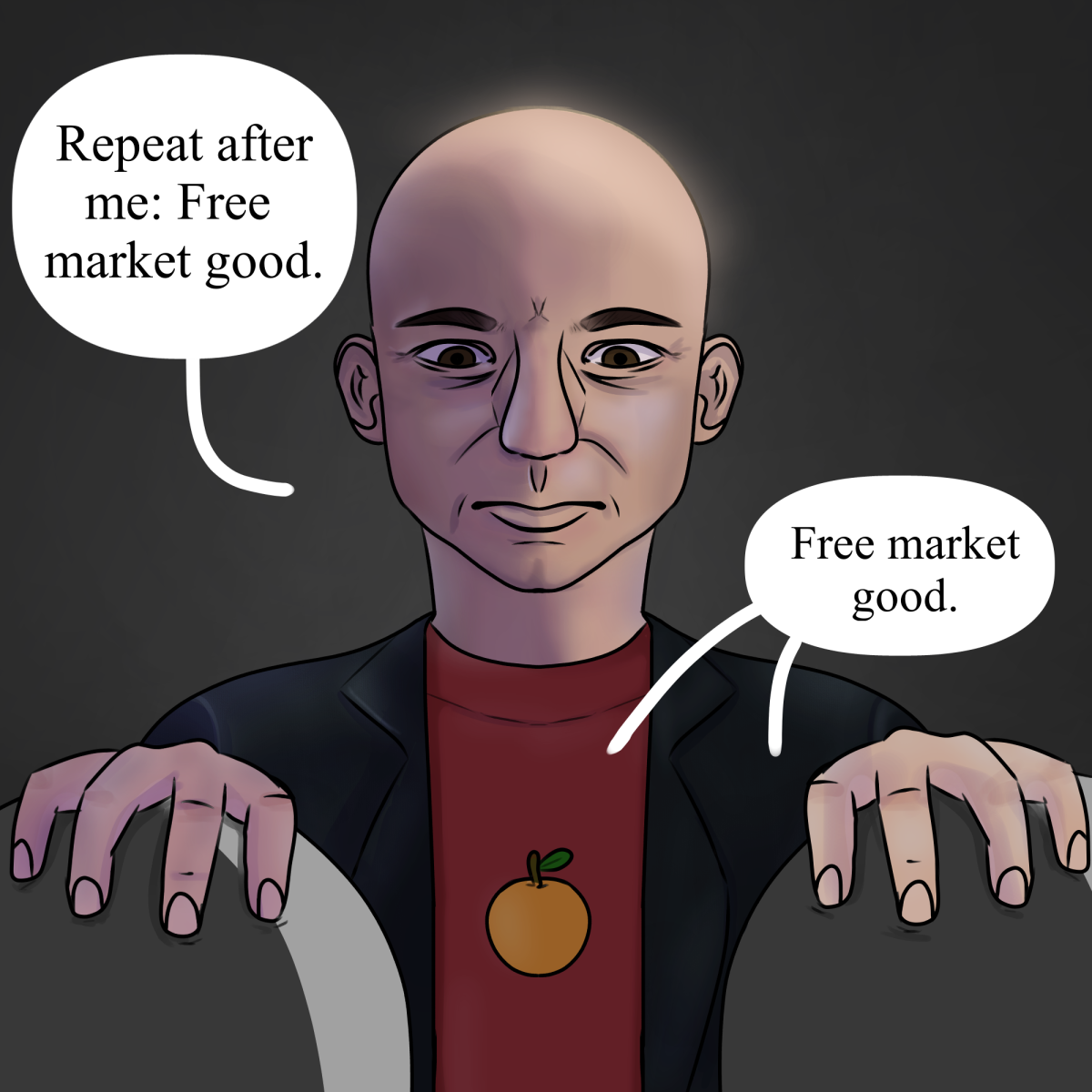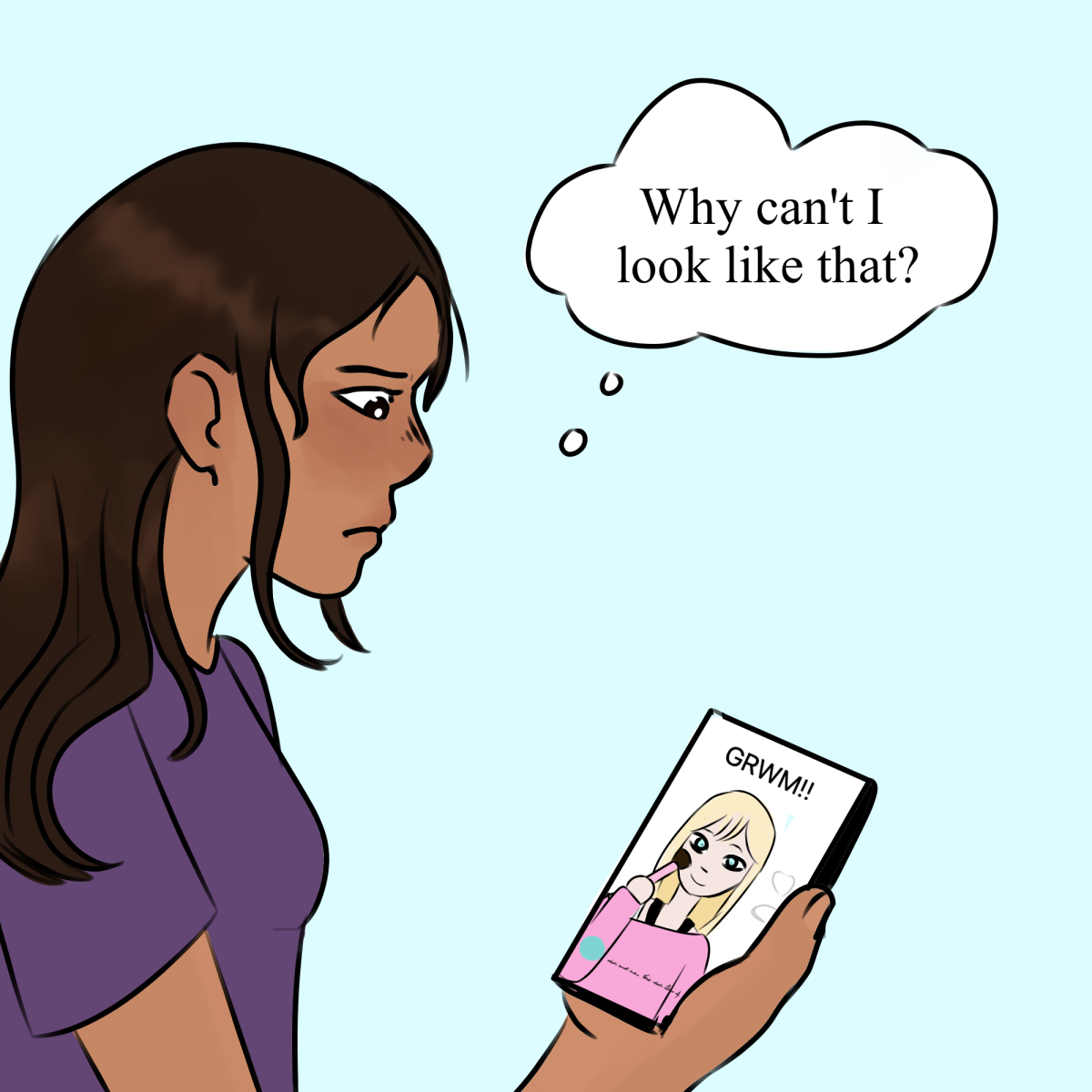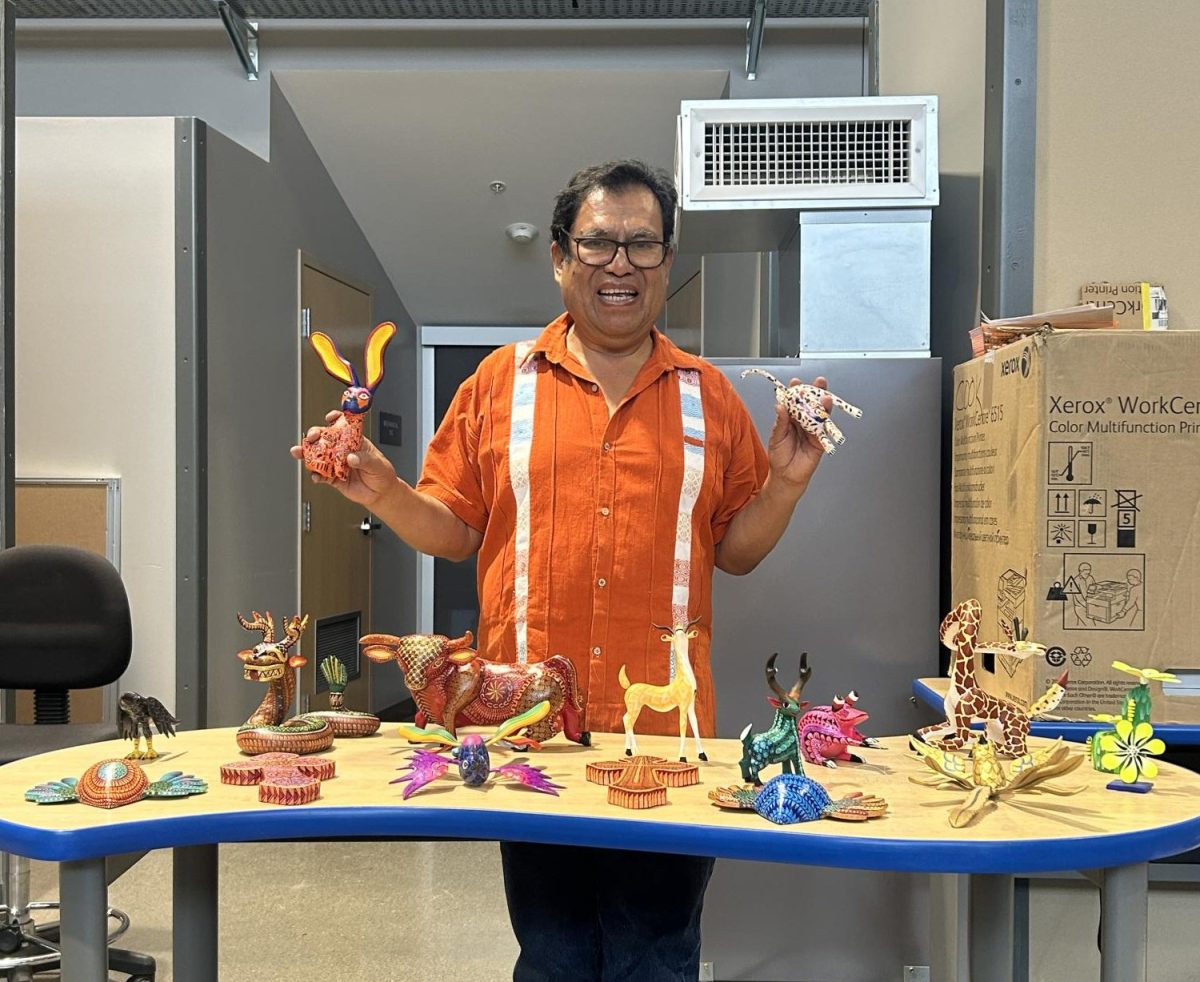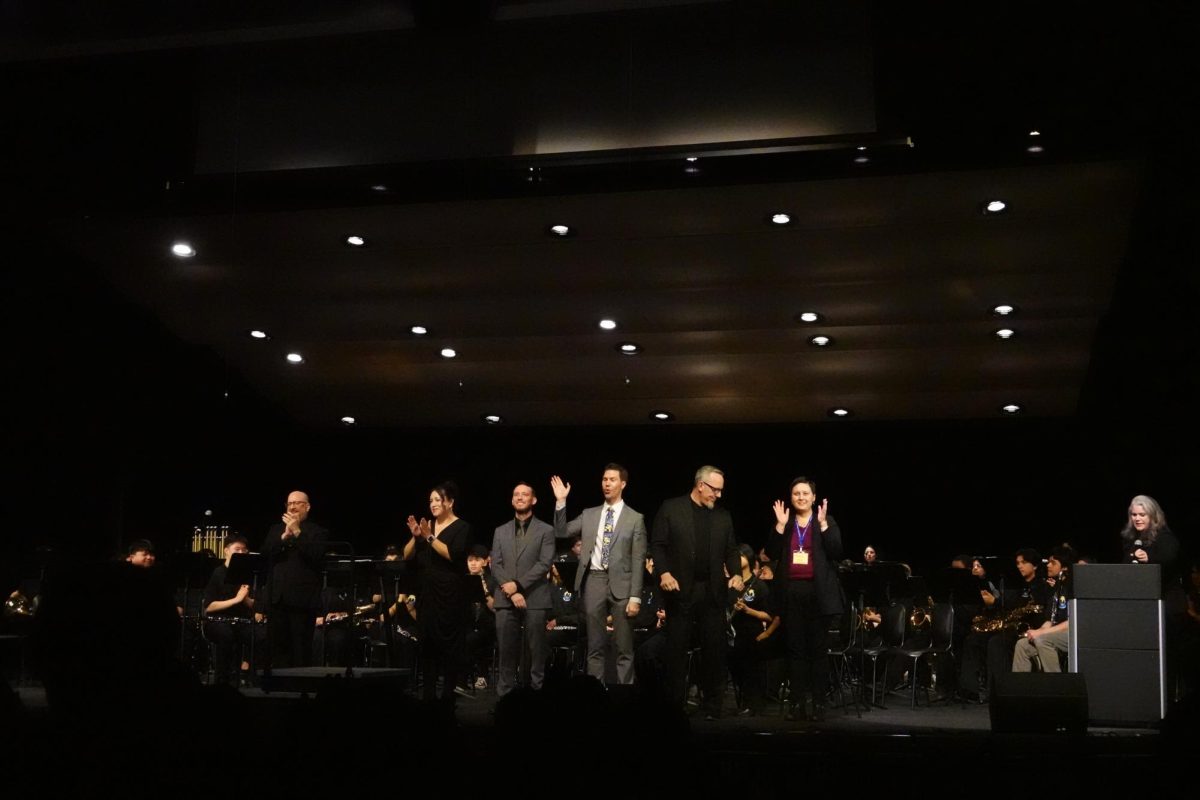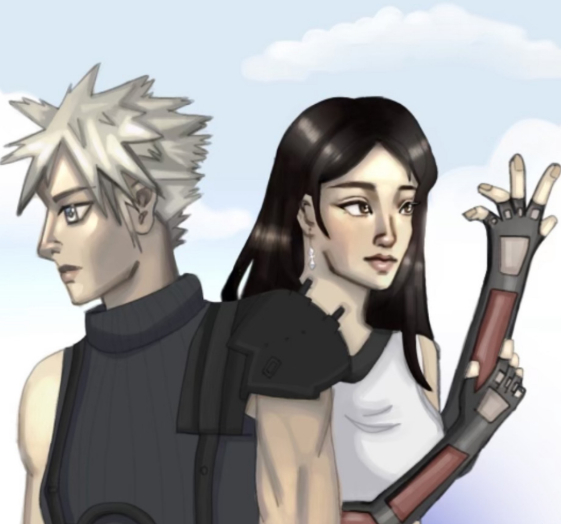
Square Enix’s “Final Fantasy VII: Rebirth” is the highly anticipated sequel to 2020’s “Final Fantasy VII: Remake,” continuing the reimagining of one of the most iconic RPGs in video game history. With a legacy as profound as the original “Final Fantasy VII,” the sequel had big shoes to fill. Fortunately, “Rebirth” not only meets expectations but often exceeds them, offering a compelling blend of nostalgia and innovation.
First off: No, you don’t have to play every other Final Fantasy game before Final Fantasy VII: Rebirth, aside from Final Fantasy VII: Remake. Before researching the franchise, I had believed that each of the Final Fantasy installments followed the same story. On the contrary, each installment takes place in an entirely different world. If having to play an entire 16 games is what you fear, don’t worry; none of these games require an understanding of the others’ lore. What connects the Final Fantasy series though, is a series of overarching themes, elements, and game mechanics.
“Rebirth” picks up where “Remake” left off, expanding on the characters’ journeys beyond the confines of Midgar. The narrative maintains a delicate balance between faithfulness to the original plot and introducing new elements that surprise and engage both veterans and newcomers. The characters, particularly Cloud, Tifa, Barret, and Aerith, are given more depth and dimension through well-crafted dialogue and interactions that feel genuine and impactful.
The game’s world-building is nothing short of spectacular. The environments are richly detailed, bringing familiar locations to life with breathtaking visuals and a level of interactivity that immerses players fully into the universe. From the serene landscapes of the open world to the bustling streets of new towns, “Rebirth” offers a world teeming with life and adventure.
One of the standout features of “Rebirth” as well as its predecessor is its refined combat system. The hybrid battle mechanics that blend real-time action with strategic command-based gameplay have been further polished. New materia, summons, and character abilities keep combat fresh and challenging, requiring players to think on their feet and adapt their strategies. The addition of new party members brings fresh dynamics to battles, making each encounter a unique test of skill and teamwork.
Exploration has also seen significant improvements. The open-world sections are more expansive, filled with secrets, side quests, and mini-games that encourage thorough exploration. The inclusion of vehicles and mounts enhances travel, allowing players to traverse the vast landscapes with ease while discovering hidden treasures and engaging in spontaneous events.
Concerning visuals, “Rebirth” is a visual feast. The attention to detail in character models, animations, and environments is remarkable. The graphical fidelity, combined with the game’s artistic direction, creates an immersive experience that captures the essence of the original while leveraging modern technology. Each location feels alive, with dynamic weather systems and day-night cycles that add layers of realism to the game world.
Complementing the stunning visuals is the masterful soundtrack by Nobuo Uematsu and other composers. The music in “Rebirth” plays a crucial role in setting the tone and enhancing the emotional impact of key moments. Familiar themes are beautifully reimagined, and new compositions fit seamlessly into the game’s narrative, ensuring that the auditory experience is as memorable as the visual one.
The emotional core of “Rebirth” lies in its character development. The game delves deeper into the backstories and motivations of its protagonists, allowing players to form stronger connections with them. The relationships between characters are explored with nuance, revealing their vulnerabilities, strengths, and growth over the course of their journey. This emotional depth adds weight to the narrative, making every triumph and tragedy resonate more profoundly with the player. Also, romance options!
Some cons, however, lie within the beginner experience. There’s a lot, and I mean A LOT, to take in. Setting aside an expansive HUD that twists the eyes upon first sight, the player is instantly thrown into a new world with seemingly endless lore, with even more endless game mechanics that can overwhelm the player. The sheer size of the game itself can be a mental obstacle to take in. The game requires roughly 155 gigabytes, which is a crazy amount for any game and can dissuade many potential fans from ever downloading the game in the first place.
However, once the beginner adapts to the grandness of every aspect of the game, these red flags very quickly turn into the favorite parts of the game for many. A seemingly endless amount of content keeps the players content, as there’s always something left unexplored.
“Final Fantasy VII: Rebirth” is a masterclass in how to honor a beloved classic while pushing the boundaries of modern game design. Square Enix has succeeded in creating a sequel that not only respects the legacy of “Final Fantasy VII” but also redefines it for a new generation of gamers. With its compelling narrative, innovative gameplay, stunning visuals, and evocative soundtrack, “Rebirth” stands as a testament to the enduring magic of the “Final Fantasy” series.
For fans of the original, “Rebirth” offers a nostalgic yet fresh experience that enriches the beloved story. For newcomers, it provides an entry point into one of the most cherished universes in gaming. Regardless of your gaming background, “Final Fantasy VII: Rebirth” is an epic adventure that promises to captivate and inspire.




